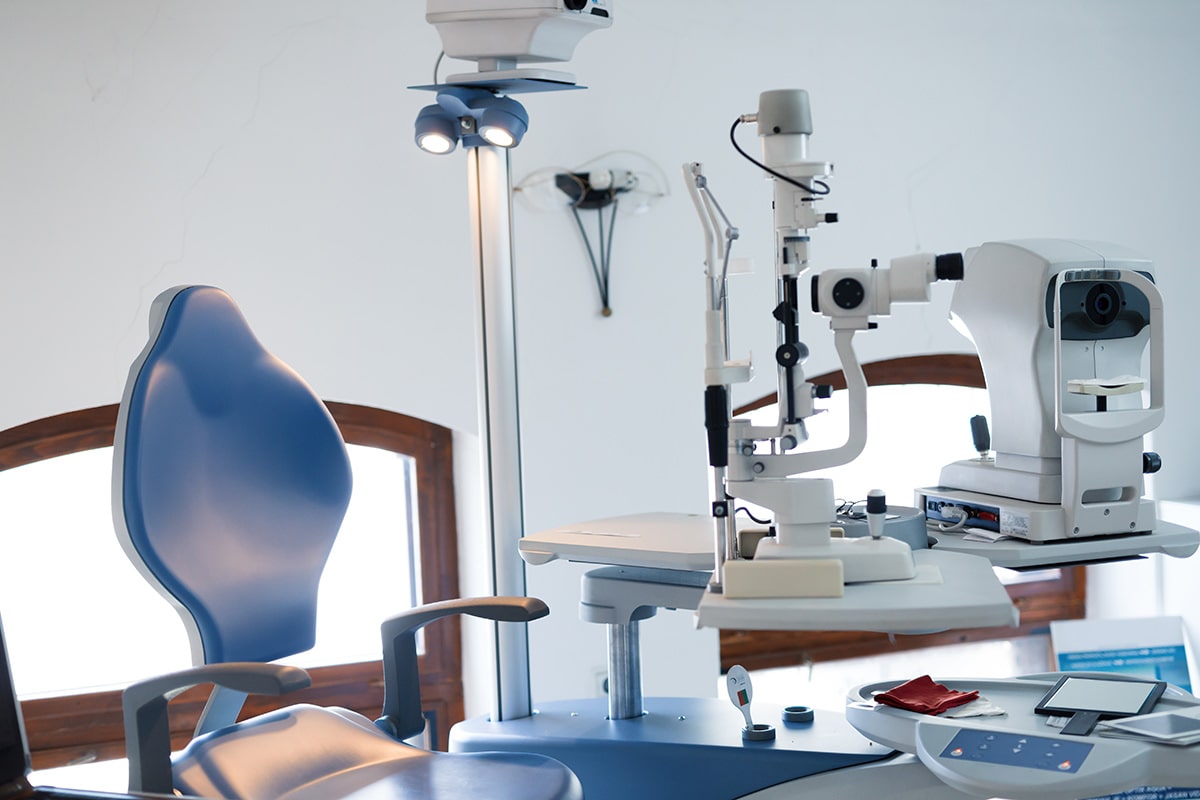The standard techniques for crosslinking for the treatment of keratoconus have been the epithelium “ON” & “OFF” techniques. There are pros &n cons with both techniques. The benefits of the epithelium “ON” technique is one sees clearly after the procedure with no pain. There is also less post-operative complications to occur such as infection and hazing. Visual recovery rate is rapid as most are seeing clearly after the procedure that very same day.The downsides to epithelium “ON” technique is there seems to be a higher retreatment rate than epithelium “OFF” crosslinking. As far as for epithelium “OFF” crosslinking more are likely to go through one procedure than two versus epithelium “ON” techniques. The downsides of epithelium “OFF” techniques is they is a prolonged visual recovery rate, possibility of more postoperative complications, and some discomfort for the first several days unlike epithelial “ON” crosslinking.
With Crosslinking, a modified procedure call “trans-epithelial” crosslinking has the benefits of both epithelium “ON” & epithelium “OFF” crosslinking. With Trans-epithelial Crosslinking, a small amount of epithelium is removed superficially leaving a small amount behind for eye protection and not making a full corneal abrasion where one is not at risk for hazing like epithelium “OFF” technique. The porous underlying epithelial layer after removing the top layer with a small amount of laser treatment, allows the riboflavin to absorb better and more effectively by not having a full layer of epithelial skin cells like epithelium “ON” which the entire cellular layer acts like a barrier to the riboflavin’s penetration to the lower stromal layer for crosslinking with the UV radiation light. This results in a MORE SUCEESSFUL crosslinking like epithelium “ON” technique with the SAFETY of epithelium “ON” crosslinking.






